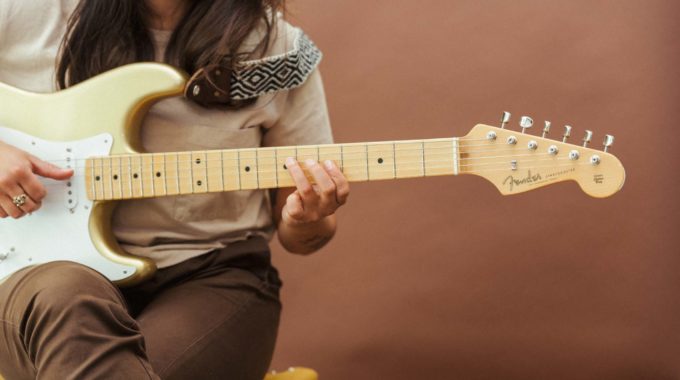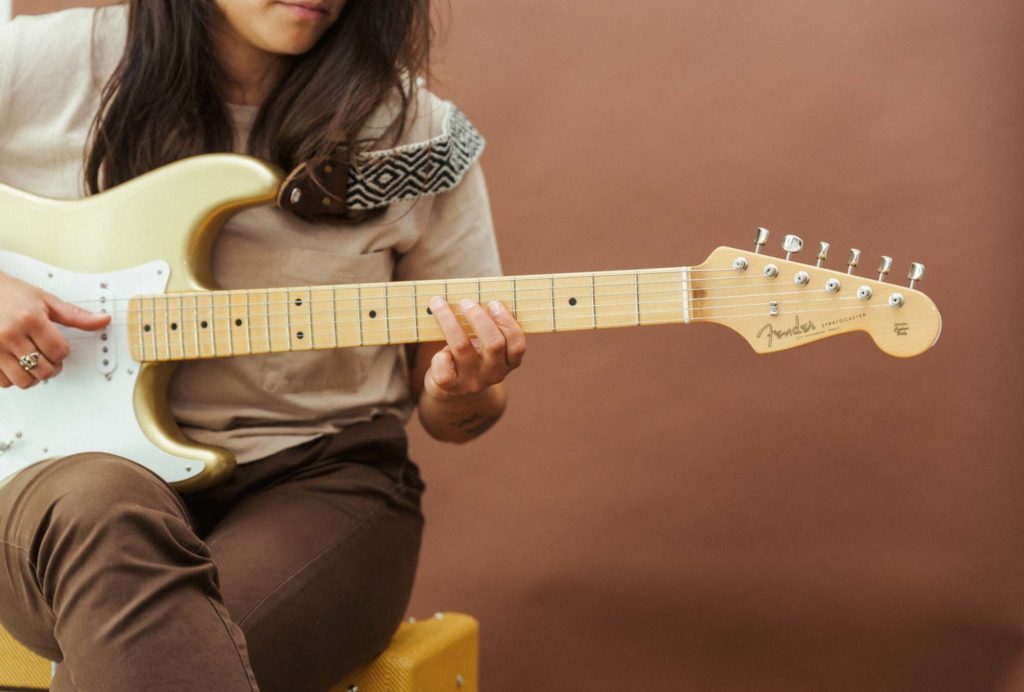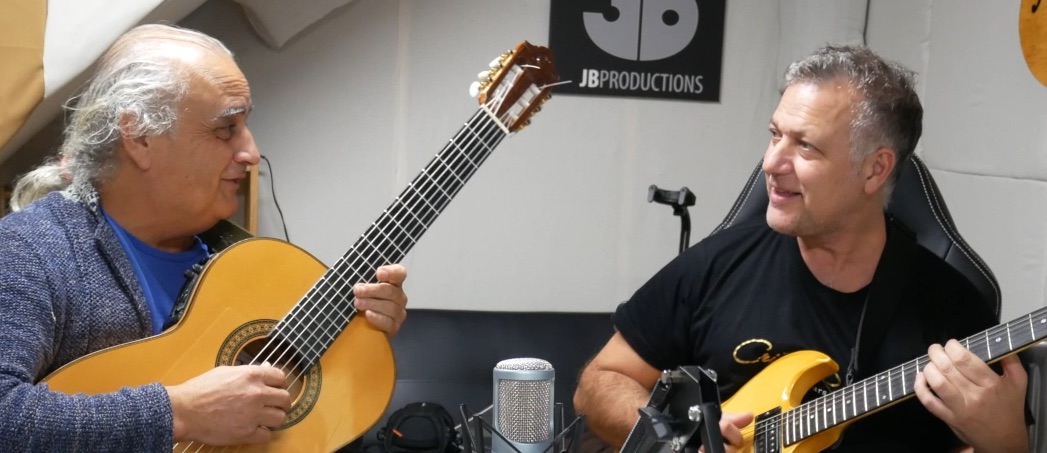
How to be creative in your guitar chords
How to be creative in your guitar chords
Hello my name is Thomas Lorenzo. Today I would like to share with you how to be creative in your accompaniment to a specific melody. The following concepts are applicable to all improvised accompaniments created by a piano player, bass player or guitarist etc, and would even be applicable to your written arrangement to be performed by, let’s say a brass section.
Why do we accompany music?
We generally accompany a melody to enhance it.
How?
When we are creating an accompaniment we are defining a tempo, a beat. We are defining groove and also we are defining areas of harmonic tension. We are defining chords. Let’s say the following composition has two chords. An A chord which lasts four beats and a D chord which lasts another four beats. The D in relation to the A creates an area of tension.
Let’s put all of this into context.
Let’s apply this concept to a real-life situation where we have drums, bass and in this case a guitar. I’ve selected a drum loop that defines the tempo and the groove.
Let’s take a listen to it.
The bass line
With that drum in mind I will now create a bassline. A bass line is a low register melody line, that’s going to help us define the tempo, the groove and the harmony. So with that groove memorized, I have now created a bass line. I will start off creating a one-bar phrase that is going to be by motif, theseed which will grow throughout my whole bassline. This is my seed, my motif, or onebar phrase, that defines the A seventh.
The one bar phrase will now be replied by another bar phrase one.
So we have a question and an answer.
Now we’re going to have a question, answer repeat the same question and new answer
Let’s record that and add on the drums.
Now we’re ready to have some fun with the guitar.
Adding on the Guitar
Guitar, in the accompaniment will define the tempo, the groove, and the Harmony. Let’s look at one way of approaching Harmony.
Adding chords of opposite tension
We know that the chords are A and D ….so let’s approach those chords by creating areas of contrast in tension that will target these chords. So, I am going to play before each of the chords a minor chord, a second above the root, to create an area of tension that will fall on the target chord as follows.
As you can see, once again I am creating questions and answers. That way I create flow in my expression of what I would like to do and at the same time I have a great time ok let’s listen to
 Play chords in a melodic manner
Play chords in a melodic manner
How? With musical phrases that define the rhythm and the harmony. Later I can play the melodic lines with more notes at a time whenever I need to.
I add bar chords on the first beat.
Listen to more chord and melodic variations
Thank you all for allowing me to share my love for music with you. Please contact me for inquiries about my teaching and me Melbourne Guitar Lessons I would love to hear from you.
Online guitar courses
I have a series of online tutorials that focus on developing your chordal playing . Read more For information on all in class courses please visit my Melbourne Guitar Lessons site

